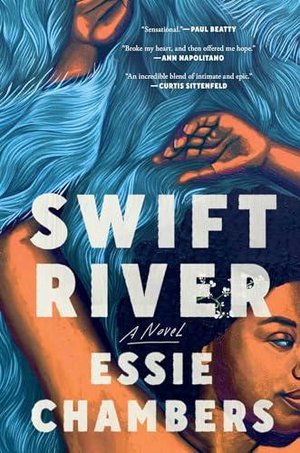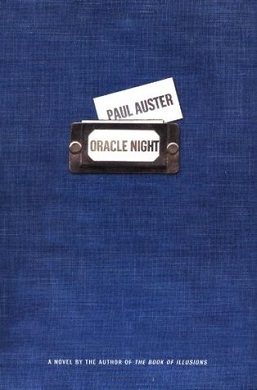
In the summer of 1987, sixteen-year-old Diamond Newberry and her mother know life is about to change for them. As if weighing over 300 pounds isn’t enough to set her apart, Diamond is the only person of color in their New England mill town. She and her mother, who has a drug habit, have been living in poverty ever since her father Rob disappeared, apparently committing suicide, leaving his shoes and wallet behind at the river’s edge.
Now it’s been seven years, so they can have him declared dead and finally receive his life insurance. An easy, if annoying, task for most people, Chambers shows us just how difficult it is for poor people to collect and submit the necessary paperwork. In a vivid scene, Diamond and Anna, who is White, have to decide whether to hitchhike or walk into town when their promised ride doesn’t show up. Anna decides they will walk, even though Diamond’s weight makes such a trek almost impossible, and they might miss their appointment.
Another complication is that some people say they have seen Rob in nearby towns, but Diamond attributes that to White people not being able to distinguish one Black man from another. Lonely and bullied, she faces both structural and personal racism.
Yet, for all that, she’s making plans. Not the wild plans Annabelle comes up for spending the life insurance money—buying ten of everything that takes her fancy—but more practical plans for a different life: leveraging her intelligence to work towards a college scholarship, and saving the money she earns cleaning rooms at the Tee Pee motel to use for Driver’s Ed classes.
Then Diamond receives a letter from her father’s Aunt Lena, and she is astonished to find that she—who yearns to see other people who look like her—has a Black family elsewhere. Through Lena’s letters she learns about her father’s childhood. Lena forwards her a cache of even older letters that go back to 1915, from her great-aunt Clara who was the only Black person in Swift River after the “Leaving,” when the Black mill workers and their families departed en masse.
The timeline moves fluidly from present to past and back again. The events and emotions of Diamond’s teenaged summer gain resonance from being held against the events of her childhood, her father’s past, Lena’s life, and Clara’s. Diamond becomes aware of the history that she carries and how that history helps her see her own place in the world.
Chambers brilliantly brings her to life, avoiding worn-out tropes about teenagers, obesity, and prejudice. In Diamond, we see what is extraordinary in a seemingly ordinary person. Her lack of self-pity, yearning for life, and eagerness for experience give us a person to cheer for.
A coming-of-age story, Swift River powerfully embodies themes of family, discrimination, and resilience. This is literary fiction, not a standard mystery. Some threads aren’t resolved. In some books that bothers me, but here it seemed appropriate. The past isn’t always tied up in a neat package with a bow on top.
What coming-of-age novel have you read that brings the past into the present?
